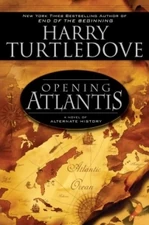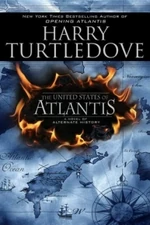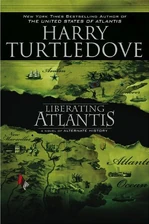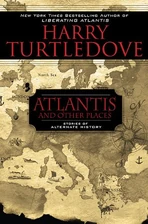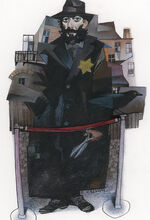A pogrom (Russian: погром, meaning "to destroy, harm, or demolish violently") is a form of violent riot, a mob attack, either approved or condoned by government or military authorities, directed against a particular group, whether ethnic, religious, or other, and characterized by killings and destruction of their homes and properties, businesses, and religious centres. The term usually carries connotation of spontaneous hatred within the majority population against certain (usually ethnic) minorities, which they see as dangerous and harming the interests of the majority.
The term pogrom was originally used to denote extensive violence against Jews in the Russian Empire. Most, but not all, examples of such, occurred during the reigns of the final two Romanov Tsars, Alexander III and Nicholas II, from the 1880s to the 1910s. While Russian Army units were often involved, the Tsars were surrounded with an air of plausible deniability in the matter.
Although a few pogroms happened in the early history of the Soviet Union, Joseph Stalin's rule by terror rarely if ever gave orders to target Jews specifically, despite Stalin's known antisemitism.
The Nazi Party organized a few pogroms in Germany in the 1930s and '40s, the most notable of which was Kristallnacht in November 1938. However, the Nazis generally eschewed publicly visible anti-Semitic violence in favor of the more insidious concentration camp system.
Since the 1940s, the meaning of the word pogrom has broadened, to include a wide variety of hate-filled violent acts against a multitude of ethnic groups.
Pogrom in Atlantis[]
The Russian government, led by the Czar, sponsored occasional massacres of Jews in the mid 19th century.[1] It attempted to justify this practice by spreading the false notion that the Jews practiced ritual murder.[2]
In 1852, Consul Jeremiah Stafford of Atlantis suggested to his colleague Leland Newton that similar tactics could be used against supporters of the Atlantean Servile Insurrection.[3]
Literary comment[]
In OTL, the 1840s and '50s were a fairly quiet time for pogroms in Russia. Stafford's remark suggests a butterfly effect.
Pogrom in "Shtetl Days"[]
The Greater German Reich's Commissariat for the Strengthening of the German Populace oversaw staged pogroms in the tourist-attraction shtetls they built in the 21st Century, including at Wawolnice. The pogroms took weeks of careful preparation: rocks were thrown, certain buildings were allowed to burn, and convicts were allowed to be beaten to death while "praying" in Hebrew. The Commissariat advertised the pogrom weeks in advance to increase interest. However, the religious texts were preserved, and blank copies were burned in their place. When the pogrom was over, crews worked overnight to fix the damage and make sure the village was ready for the tourists the next day.
During one such staged pogrom, actor Veit Harlan was injured when he was hit in the ribs with a rock. This incident was one of the early steps in Harlan's journey to becoming an actual Jew.
Pogrom in Southern Victory[]
In Russia, particularly in the years before the Second Great War, Tsar Mikhail II allowed renewed pogroms against the Jews at the hands of the Black Hundreds to try and divert public attention from the problems plaguing Russia. The Kingdom of Poland also allowed pogroms.[4]
Some of the Jews living in Flora Blackford's Lower East Side constituency had come to the United States to escape the pogroms. Blackford used this to compare the situation of Eastern European Jews and that of blacks in the Confederate States.[5][6]
References[]
- ↑ Liberating Atlantis, pg. 213
- ↑ See "The Scarlet Band," e.g., Atlantis and Other Places, pg. 395, HC.
- ↑ Liberating Atlantis, pg. 213
- ↑ The Victorious Opposition, pg. 22, mmpb.
- ↑ Ibid., pgs. 136-137.
- ↑ Ibid, pg. 592.
| ||||||||||||||||||||||||||||
| ||||||||||
